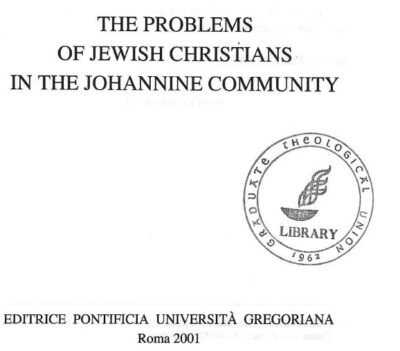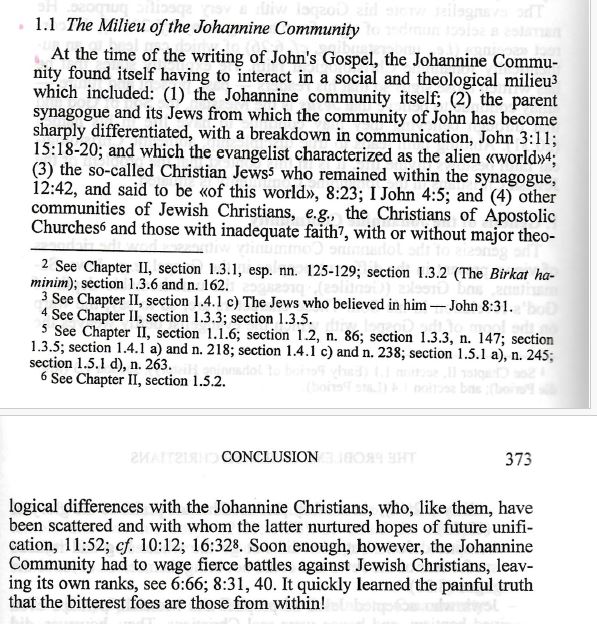
THE JOHANNINE DAIST COMMUNION
Filed: September 27, 1982
Ministerial Services-Namely, Providing Guidance and Counselling in Religion and Spiritual Life
Owned by: Johannine Daist Communion, The
Serial Number: 73389398
The development of the first true Christian Church St. Ignatius of Antioch is believed to be the first person to use the the Greek word katholikos (καθολικός), which Ignatius used, means “universal,” “complete,” “general,” or “whole”. This parallels the universal message of Adidam in their claims of being “complete”.
Once one begins to investigate the Gospel of John‘s origins, one quickly discovers many questions scholars have. The first question researchers start to grapple with is the authorship. It’s clear to many that more than one author wrote the Gospel of John over many decades. The conclusion was that there was a following of John the Elder, who formed a community later in the 18th century called the Johannine Circle.
Now, if I put this part of Christian history and tie it to the developments within the community of Adi Da (Da Free John at the time), I can see many similarities.
Because of the enormous influence Christianity had on the development of Adi Da’s early and later writings, one can quickly see how he drew on it while forming his community of devotees—not unlike the development of the community around Jesus’ disciple, John the Elder.
I will make my point quickly here.
The challenges that the Adidam community is currently facing, particularly in the aftermath of Adi Da’s mahasamadhi, bear a striking resemblance to the trials experienced by Jesus’s disciples in the wake of his death and resurrection. And what are those stuggles?
Here is one interesting parallel from Celestino G. Lingrad, Jr. in his book from Tesi Gregoriana, Serie Teologia, 73, published by Editrice Pontificia Universita Gregoriana, Roma 2001.

***
The Milieu of the Johannine Community
At the time of the writing of John’s Gospel, the Johannine Community found itself having to interact in a social and theological milieu which included:
(1) the Johannine community itself
(2) the parent synagogue and its Jews from which the community of John has become sharply differentiated, with a breakdown in communication.
(3) the so-called Christian Jews who remained within the synagogue, and said to be (of this world) and
(4) other communities of Jewish Christians, e.g., the Christians of Apostolic Churches and those with inadequate faith, with or without major theological differences with the Johannine Christians, who like them, have been scattered and with whomth later nurtured hopes of future unification. Soon enough, however, the Johannine Community had to wage fierce battles against Jewish Christians, leaving its own ranks. It quickly learned the painful truth that the bitterest foes are those from within!

***
“The bitterest foes are those from within.”

